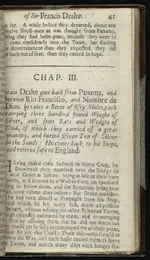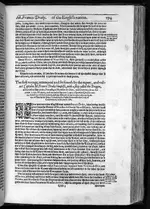Francis Drake did not visit Isla de la Plata. Notwithstanding Spanish claims, he simply could not have done so. Although it seems rather a pity to strip the small island of its romantic association with the English hero, it is doubtful if that will make the slightest difference to the local Ecuadorian tourist trade, which gains much profit from the use of Drake's famous name so many miles from Devon.
Close examination of the primary sources suggests that the robbery of the Cacafuego took place in an ocean calm. Drake was thus very fortunate, subsequently, to pick up a favourable wind for the passage to Caño Island.
Some believe the Silver he captured was not dumped overboard off Ecuador Isla Plate but sailed to Cano Island in Costa Rica were Drake had to Careen his ship.
However our topic in Panama and for Drakes treasure The money ticket if of course its still there after all these centuries is Drake's First Success: Panama, 1572-1573 in Nombre de Dios.
Following the defeat at San Juan de Ulúa, Drake made two minor voyages to the West Indies, in 1570 and 1571, of which little is known. It was in 1572 that he embarked on his first major independent enterprise. He planned an attack on the Panama isthmus, the point at which the silver and gold treasure of Peru had to be landed and sent overland to the Caribbean sea, where ships from Spain would pick it up at Nombre de Dios. He left Plymouth on May 24, 1572, in two small vessels, the Pascha (70 tons) and Swan (25 tons), and with a crew of 73 men. With this force Drake proposed to capture the important town of Nombre de Dios. In fact, his raid there late in July, 1572, came close to success, but finally failed when he was wounded and put out of action. He remained in the vicinity of the isthmus for almost a year, raiding Spanish shipping and attempting to capture a treasure shipment. In 1573, he joined up with a French buccaneer, Guillaume Le Testu, in an attack on a richly laden mule train and succeeded in making off with the huge sum of £20,000 in gold and silver. By August 9th, 1573, he was back in Plymouth.
You can see in Beginning of the narrative of the Nombre de Dios raid in The English Hero , 1695

to be continued....
Kanacki
 Your knowledge is incredible.
Your knowledge is incredible. Your knowledge is incredible.
Your knowledge is incredible. Your knowledge is incredible.
Your knowledge is incredible. Perdidogringo,
Perdidogringo,  By the way, the hypothesized site of Drake's ambush/buried treasure is on private farm/pasture land nowadays.
By the way, the hypothesized site of Drake's ambush/buried treasure is on private farm/pasture land nowadays.

